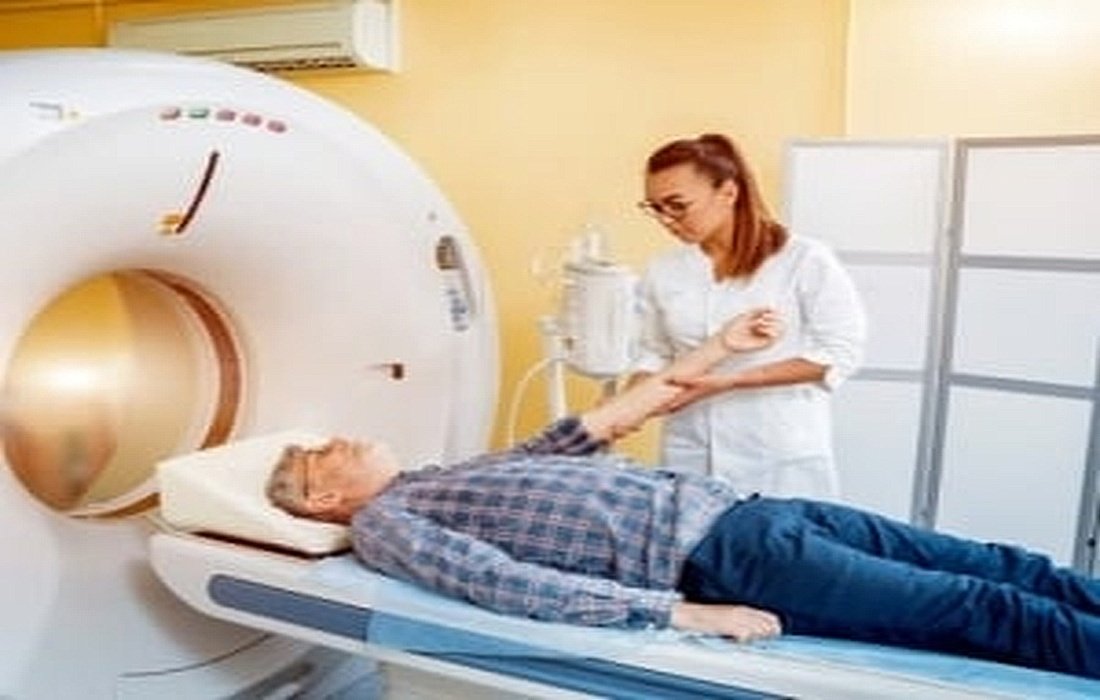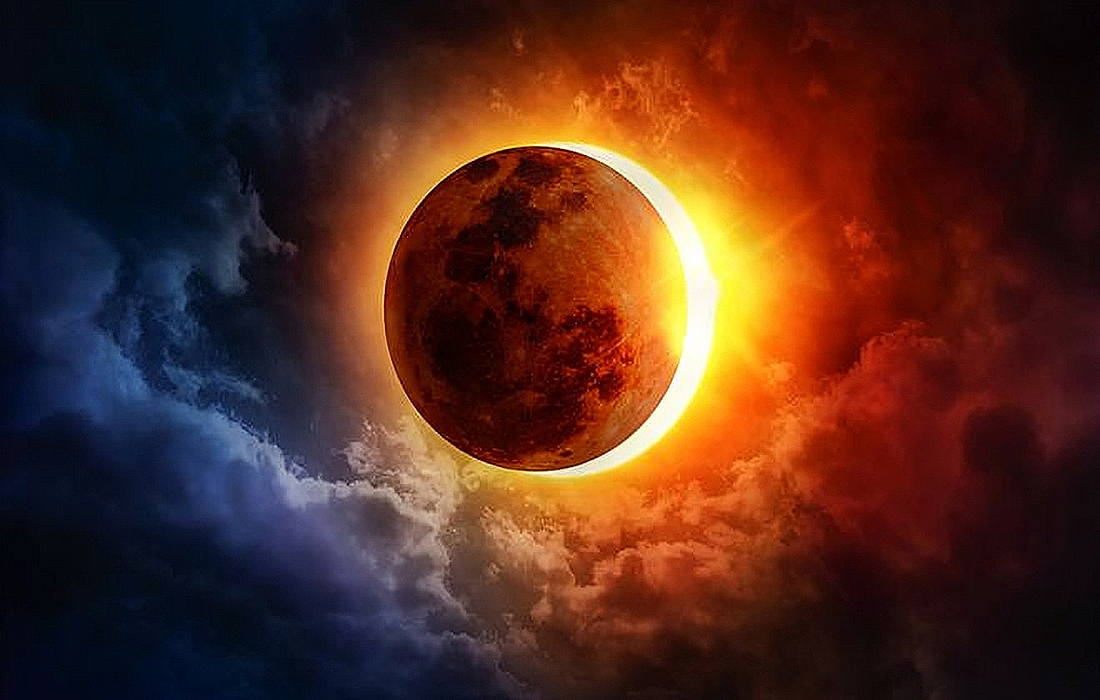The differences they haveMRIandCT scanhave
In the past, due to a lack of sufficient medical facilities, diagnosing diseases was very challenging, and doctors couldn’t always detect illnesses in a timely manner to start treatment. With advancements in medical science and the invention of advanced tools, disease diagnosis has become easier, allowing patients to begin treatment more quickly. MRI and CT scans are precise imaging methods that are now indispensable for diagnosing and even treating many diseases. But what are the differences between these two imaging techniques? If this question is on your mind, you will find your answer in this health and wellness section of Nemnak.NemnakYou will receive answers to your questions.
What is MRI?
MRI is a medical imaging technique used to diagnose certain illnesses. In this imaging method, the patient is placed in a machine that produces harmless waves and a magnetic field, capturing multiple images of the internal tissues of the body to identify any diseases.
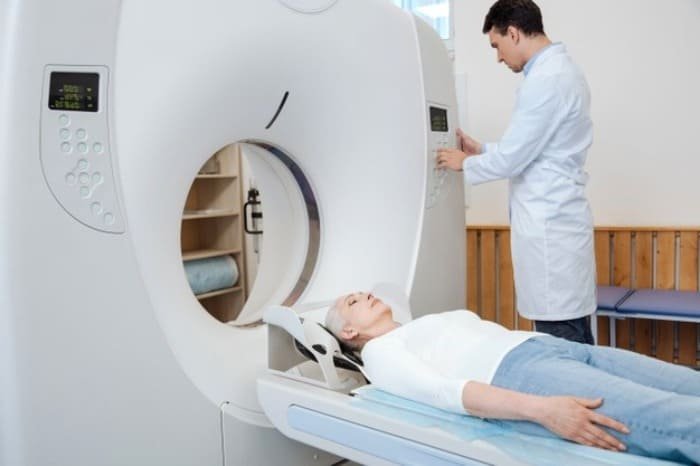
What is a CT scan?
CT scan, or computed tomography, is an advanced medical imaging technique that greatly assists doctors in diagnosing diseases. It uses X-rays and computer processing to create detailed images of the internal tissues of the body. CT scans are particularly effective for examining injuries to the body’s musculoskeletal system, especially bones. They are quick to perform and provide high-quality images.
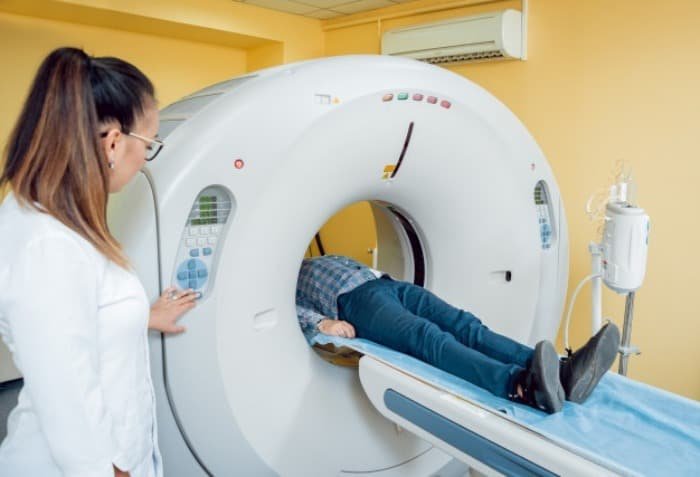
Differences between CT scan and MRI
- CT scans are performed using X-ray beams to capture internal body images; whereas, MRI utilizes magnetic resonance imaging, employing radio waves and magnetism to generate detailed images of the inside of the body.
- CT scans use X-rays, but MRI does not, providing more detailed information about internal organs and soft tissues like the brain, skeletal system, reproductive system, and other body systems, achieving greater precision than CT scans.
- CT scans are quick, painless, and do not involve any incisions in the body.
- MRI can also be performed without incisions, but it typically produces a lot of noise, takes longer, and may causeanxietyin patients, as they must lie in a confined space inside the machine.
- A CT scan takes about 2 to 5 minutes, while an MRI takes 15 to 20 minutes.
- MRI is generally more expensive than CT scans.
- MRI can potentially cause some damage or difficulties due to the presence of strong magnets.
- When using MRI, it is prohibited to carry metal objects or bank cards; however, having metal objects during a CT scan is not dangerous, though it may distort the images.
- A CT scan combines a series of images taken from different angles using X-ray technology, while MRI scans utilize radio waves to produce more accurate images of tissues and bones.
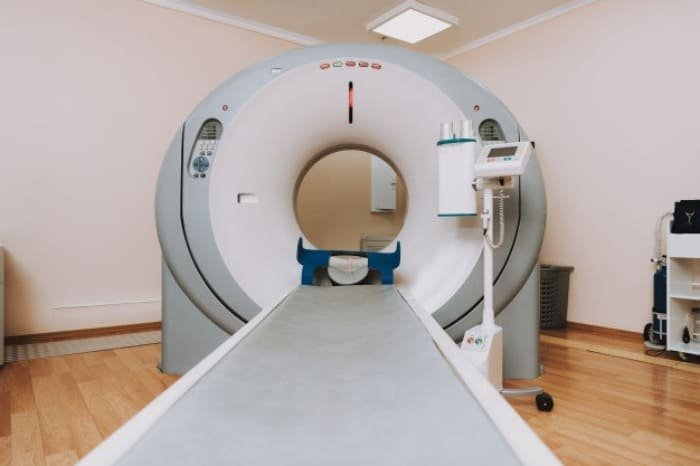
Which method is safer?
- Generally, both CT scans and MRIs are safe, although some individuals may experience issues.
- Unlike CT scans, MRIs do not use X-rays, employing safe radiofrequency waves in a way that makes MRIs even usable during pregnancy; however, CT scans arenot permitted during pregnancy.Many conditions prevent the use of MRI, particularly for patients with blocked brain blood vessels, where a doctor must decide if an MRI poses no risk. As mentioned in Nemnak, in some individuals, these blockages may lead to brain hemorrhage or death.
- Another concern with MRI is that any metal object can react to it.
- All metal objects and oxygen canisters must be kept away from the MRI machine; otherwise, they may stick to the magnet inside the machine, causing injury or even death. However, CT scans do not have these risks; during
pregnancythey might not be considered safe.
Which diseases can CT scans and MRIs detect?
CT scans are used for diagnosing the following:
- Imaging of the brain to distinguish between types of strokes
- Assessing head injuries, especially facial injuries
- Helping in determining various types ofabdominal painor pain in the pelvic region, stomach, small intestine, and other internal organs
- Identifying the cause of unexplained pain in the body
- It can also reveal broken bones.
However, MRI is used to diagnose
MRI also provides detailed images of organs, soft tissues, and other areas that are not easily visible.
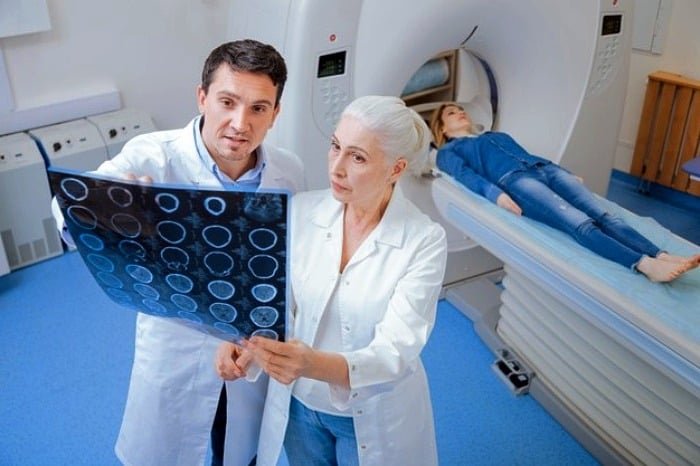
Can cancer be detected through CT scans or MRIs?
Cancer diagnosis is typically done through a biopsy. Although CT scans and MRIs can reveal masses resembling cancerous tumors, they are not considered precise tools fordetecting cancerbut can indicate the best locations for biopsies. Furthermore, if cancer is confirmed, doctors can use these tests to determine exactly where the cancer has spread.
Can CT scans and MRIs visualize the bones of the body?
Both are capable of seeing the body’s bone structures and producing clear images of them.
What can CT scans reveal that MRIs cannot?
Most current MRI machines cannot quickly scan the brain to identify the cause of a stroke. Generally, CT scans offer a quicker method and are considered excellent diagnostic tools in emergencies, while MRIs are typically used in non-emergency situations for more detailed imaging.
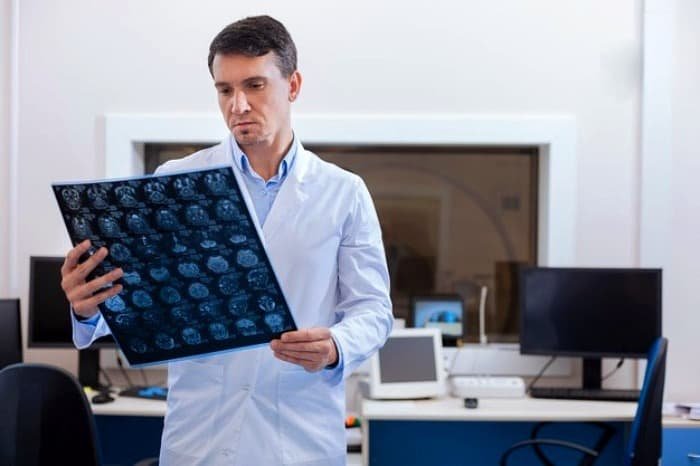
Who should avoid MRI scans?
Individuals with the following conditions should consult a doctor before an MRI, as they may be contraindications for this type of examination:
- Presence of any metallic heart valves
- Presence of artificial joints
- Blocked vessels in the brain
- Dental implants
- Dentures
- Drug infusion pumpsEye implants
- Heart problems
- Metal wires or any metal objects implanted in the body
- IUDs
- Nerve stimulators
- Obesity
- Any tattoos or piercings
- Cosmetic surgery
- Pregnancy
- Finally, to ensure safety, always inform your doctor of any surgeries, medications, or procedures you have undergone or any diseases you have to determine if an MRI is suitable for you.
MRI



